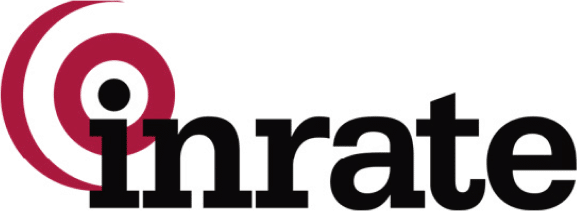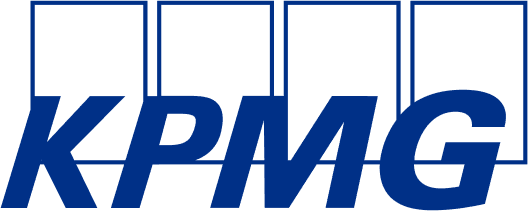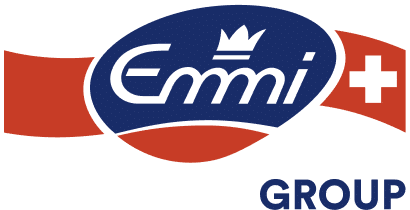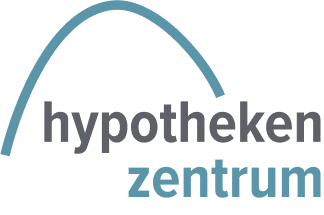Are your workflows slowed down by an outdated Access database, complex Excel spreadsheet or overloaded VBA scripts?
Find out why now is the time to take a critical look at your software infrastructure. A Microsoft modernisation by soxes not only offers improved performance, but also the necessary flexibility to meet growing requirements. Put an end to inefficient processes – modernise Access, Excel and co. for a new success story for your SME.




